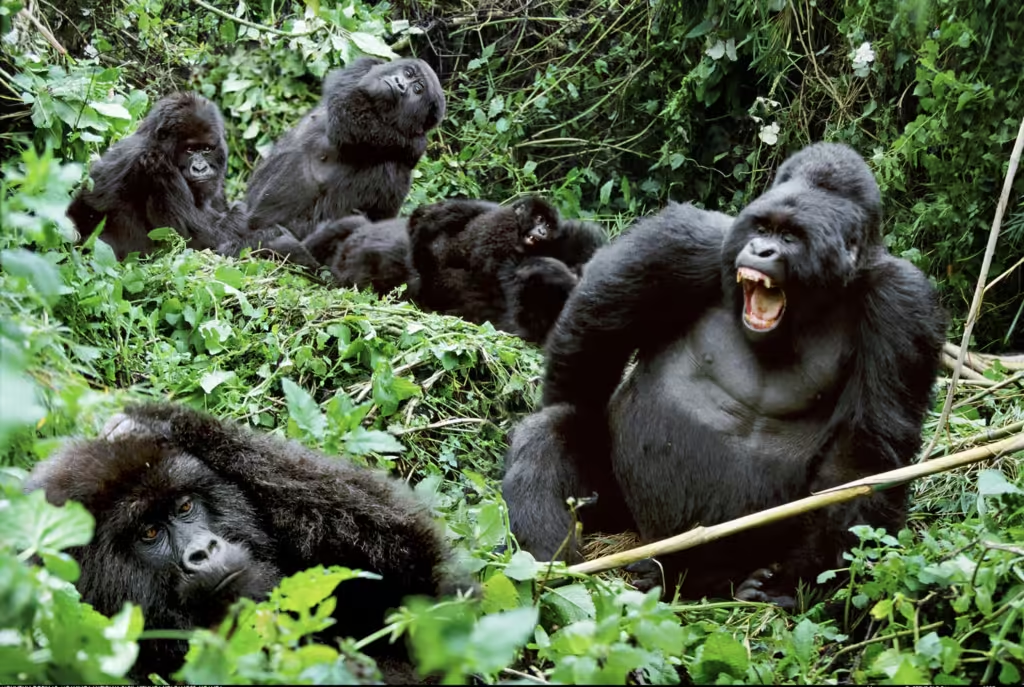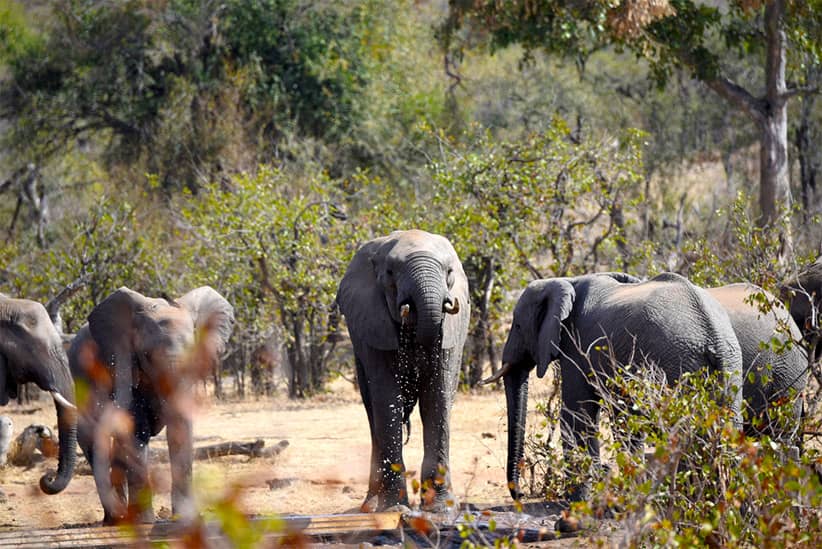In the tapestry of global environmental crises—ranging from rampant deforestation in the Amazon to species loss in Southeast Asia—Africa often features either as a cautionary tale or a battlefield for extractivist interests. Yet, a quiet revolution in conservation is taking shape in East and Southern Africa, where countries like Uganda, Kenya, and Namibia are turning the narrative on its head. These nations are proving that biodiversity recovery is not only possible but most effective when rooted in local agency, cultural heritage, and shared benefit.
A Mountain Revival in the Heart of Uganda
Deep within the mist-covered slopes of Uganda’s Bwindi Impenetrable Forest, an ecological miracle is unfolding. Once on the brink of extinction due to poaching and habitat destruction, the critically endangered mountain gorilla has made a significant comeback. The population, estimated at fewer than 700 in the early 2000s, now exceeds 1,000 individuals—a remarkable recovery attributed largely to community-based ecotourism and inclusive conservation strategies.

Revenue from gorilla trekking permits has been channeled directly into local villages, funding health centers, schools, and infrastructure. Rather than seeing conservation as an external imposition, communities have come to view the gorillas as a shared resource and source of pride. “People will protect what they benefit from,” says a local guide in Buhoma. This shift in mindset has transformed poachers into forest rangers and passive observers into environmental stewards.
Namibia’s Communal Conservancies: Where Ecology Meets Economy
In post-independence Namibia, policymakers pioneered a bold experiment: return wildlife governance to local communities. The result was a network of “communal conservancies,” legally designated zones where residents manage wildlife and reap direct economic gains from activities like eco-lodges and safari tourism.
This model has seen numbers of elephants, lions, and other iconic species rebound dramatically, even in arid regions once devoid of large wildlife. Beyond the wildlife itself, conservancies have generated employment, enhanced food security, and strengthened local governance. Perhaps most importantly, they’ve reframed conservation from a colonial legacy into a sovereign, homegrown asset.
Kenya’s Hybrid Approach to Wildlife Justice
Kenya has built on the successes of both Uganda and Namibia, blending strict anti-poaching enforcement with progressive community engagement. Private and community conservancies now cover over 11% of Kenya’s land surface—often acting as buffers to national parks and expanding wildlife corridors.
These conservancies have been pivotal in protecting critically endangered black rhinos and sustaining migratory elephant populations. Former poachers are now salaried rangers, while women’s groups manage eco-businesses that reduce pressure on natural resources. By integrating conservation into the social and economic fabric, Kenya is dismantling the false dichotomy between people and nature.

A Model with Global Implications
These African models are noteworthy not just for their biodiversity successes but for their philosophical recalibration of conservation itself. Where Western approaches often emphasize exclusion—removing humans to protect “pristine” nature—these models champion *coexistence*. They recognize that landscapes are not only ecological spaces but cultural and historical ones too.
The African experience suggests that conservation is most durable when it is democratic, decentralized, and directly beneficial. In a world grappling with ecological breakdown and rising inequality, this people-powered conservation may be one of the most hopeful stories of our time.









